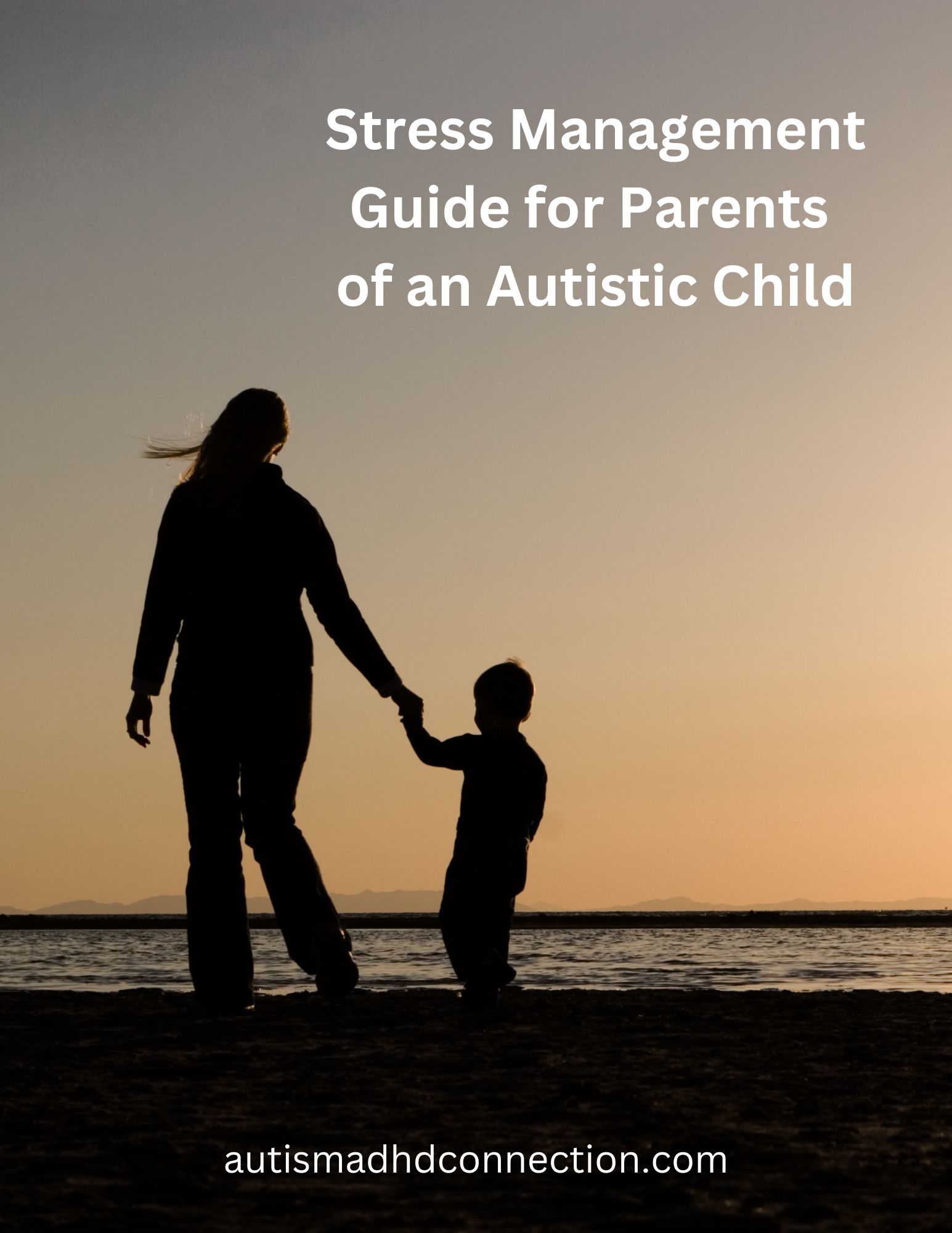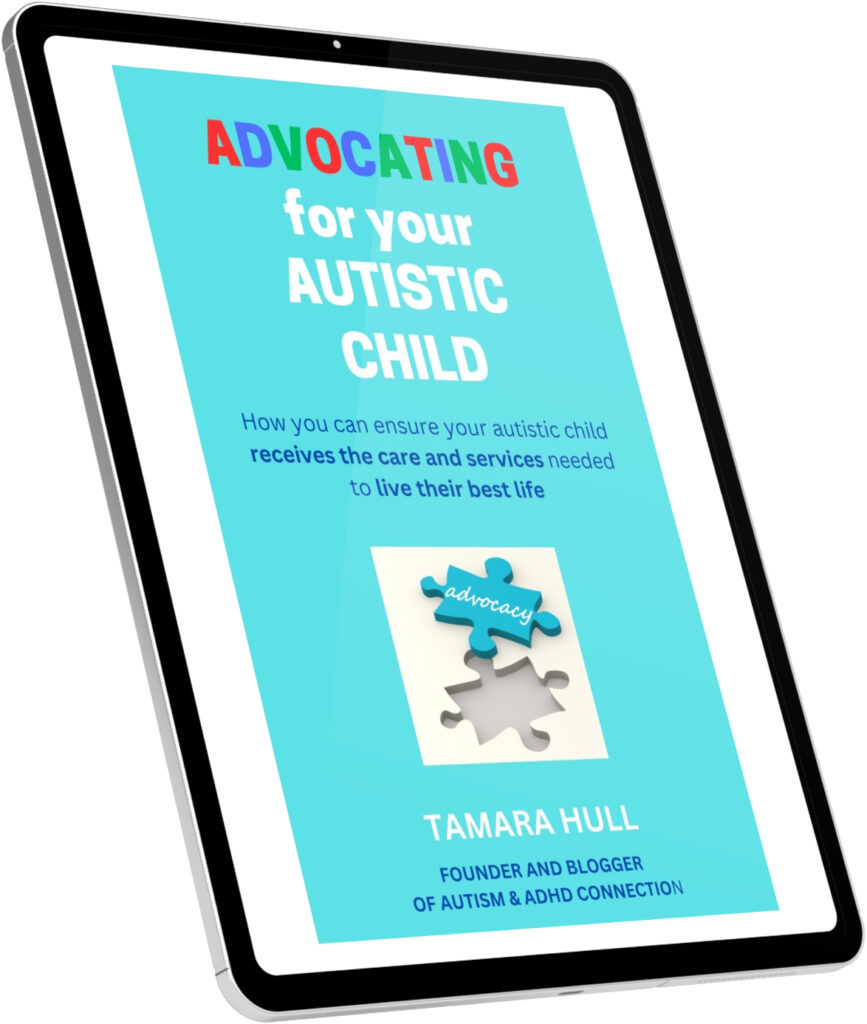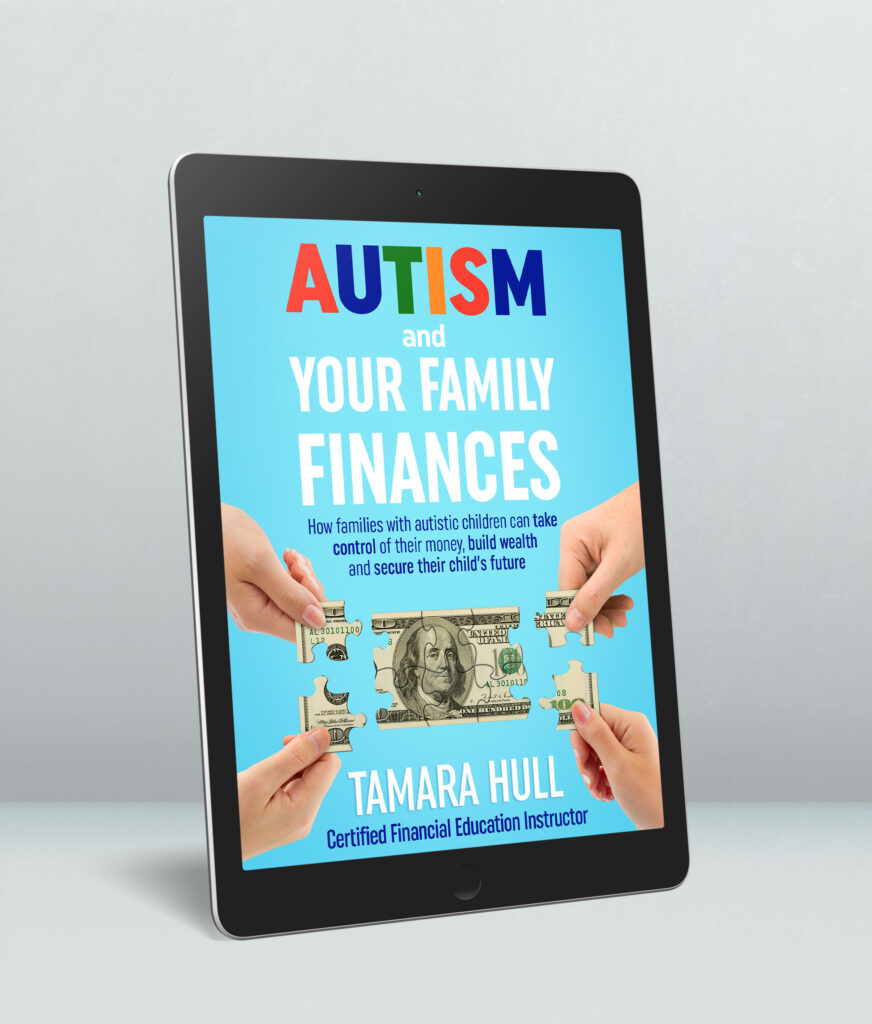Everyone stims to a certain degree. That is normal. We twist our hair, bite our fingernails or crack our knuckles. However, for people who are autistic, stimming is more obvious and can last for longer period of times. Also, autistic people may not be socially aware that their stims are disruptive to others. So when your autistic child is stimming, should you encourage or discourage it?
What is stimming?
Stimming is self-stimulating behaviors, which are often repetitive in nature and can be movements or even sounds.
Repetitive motor behaviors are part of typical development in a person. When infants and toddlers are developing, it’s normal for them to repeatedly kick their legs, flap their hands in excitement and rock while they are playing. It helps their brains figure out how their bodies work and develop coordination.
Almost everyone stims to some degree. However, when a neurotypical person stims, it is usually for short periods of time. They also are more aware if their stimming behavior is bothering others and will stop if it’s disruptive.
Types of stimming

Stimming can come in different forms. Generally, they are auditory, visual, tactile, vestibular, olfactory (smell) and taste stims.
Auditory (sound) examples include:
- Repetitive speech
- Humming
- Snapping fingers
- Tapping of ears or objects
Examples of visual stimming include:
- Staring at a particular object
- Lining up objects
- Blinking repeatedly
- Turning a light off and on
- Hand flapping
Some tactile stims can include:
- Tapping fingers
- Opening and closing hands
- Rubbing hands or an object
- Chewing on a shirt
Vestibular (perception of body position and movement) stims may be:
- Twirling
- Rocking back and forth
- Rolling
- Bouncing or jumping
Olfactory (smell) and taste stims could include:
- Smelling objects
- Licking hands or objects
- Tasting unusual objects
My son J has exhibited many of these stims throughout his life at different times: smelling objects, tasting, rolling, cracking knuckles and other joints, bouncing and staring at objects. I find that some have stayed consistent, but others change over time.
Why do autistic people stim?

So why is stimming so common for autistic people, and why is it different from neurotypical individuals? How does stimming affect your autistic child?
Stimming is a known trait in people with autism. Usually, this type of behavior is a coping mechanism for autistics. You may not know the reasons why your autistic child is stimming, but common ones include:
- Adapt to sensory overwhelm or the need for more stimulation
- Reduce anxiety
- Calm themselves when they are upset
- Acclimate to a change or new environment
- Express frustration or anger
- Avoid an activity they don’t want to do
- Ease physical discomfort
For many autistic people, stimming is an everyday activity and can last for hours.
How can I help my autistic child control their stims?
Stimming usually isn’t something to worry about in your autistic child, unless it starts to interfere with their learning, cause social problems or becomes harmful or destructive.
If you find your child’s stim is causing one or more of the negative consequences listed above, then it’s best to try to limit or eliminate it. You can work with your child’s behavior therapist to come up with a plan to reduce a certain stim.
Some steps to try can include:
- Determine the trigger for the stimming behavior and try to eliminate or reduce it for your child (this is probably the most effective way)
- Try to stick to your child’s routine
- Look for an alternative activity for your child such as squeezing a stress ball or using a fidget toy
- Encourage acceptable behaviors
- Help your child look for ways to use self-control of the stim or other ways to self-regulate
- Urge your child to exercise (it can produce endorphins that can be similar to what they are receiving from the stim)
- Use the stim as a reward for completing a challenging task or activity
Should you encourage or discourage stimming?

Overall, stimming serves an important function for your autistic child. As long as it is not harmful and not causing problems socially or inhibiting learning at school or home, you don’t need to do anything. You don’t necessarily need to encourage it because your child will do it anyway for the reasons mentioned above. However, discouraging a stim if it has no negative consequences can cause your child distress unnecessarily. Some experts even advise stimming with your child as part of their treatment.
What has been your experience with stimming in your autistic child? Leave a comment so that we can encourage and share with each other along this journey.







